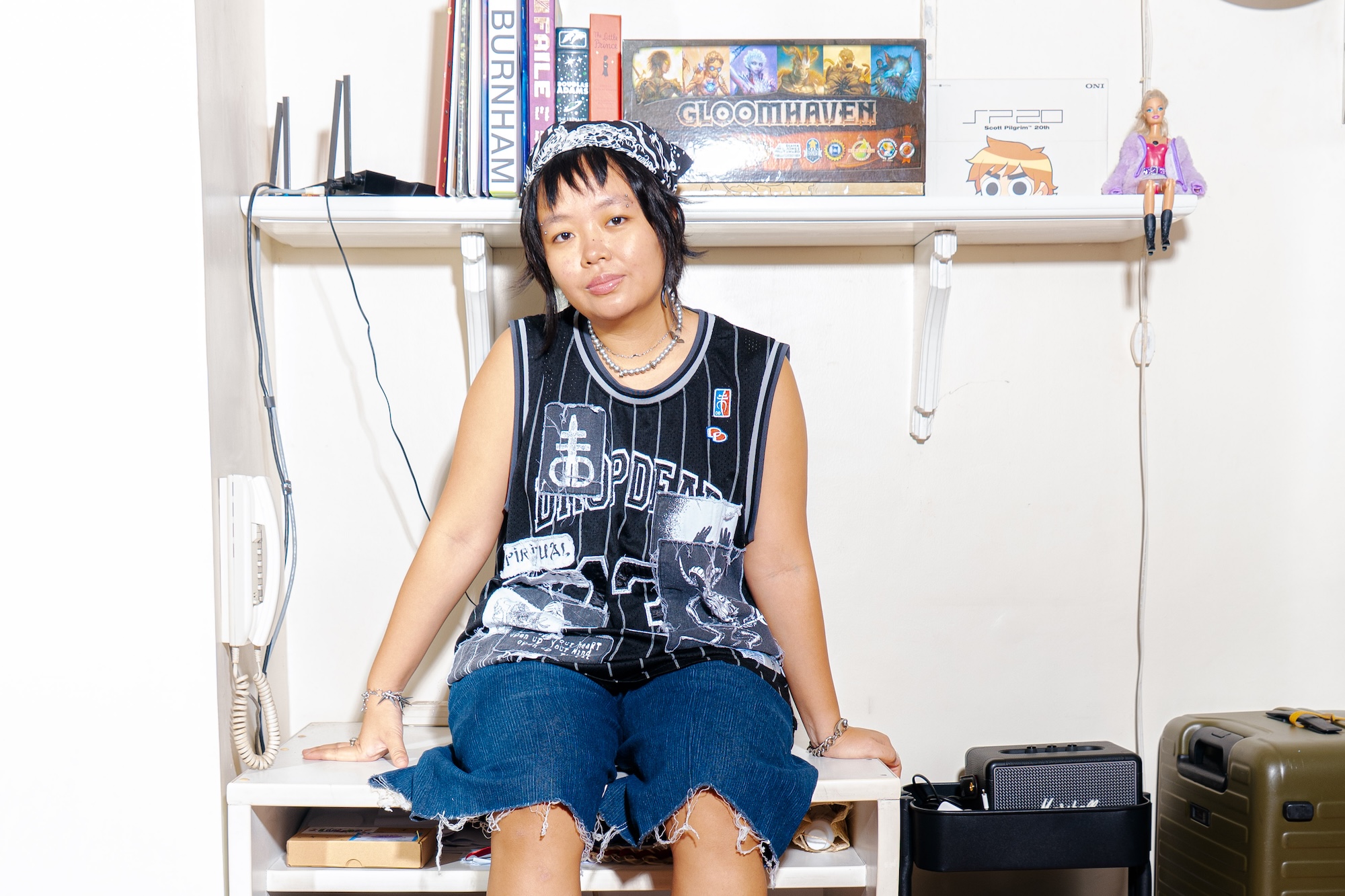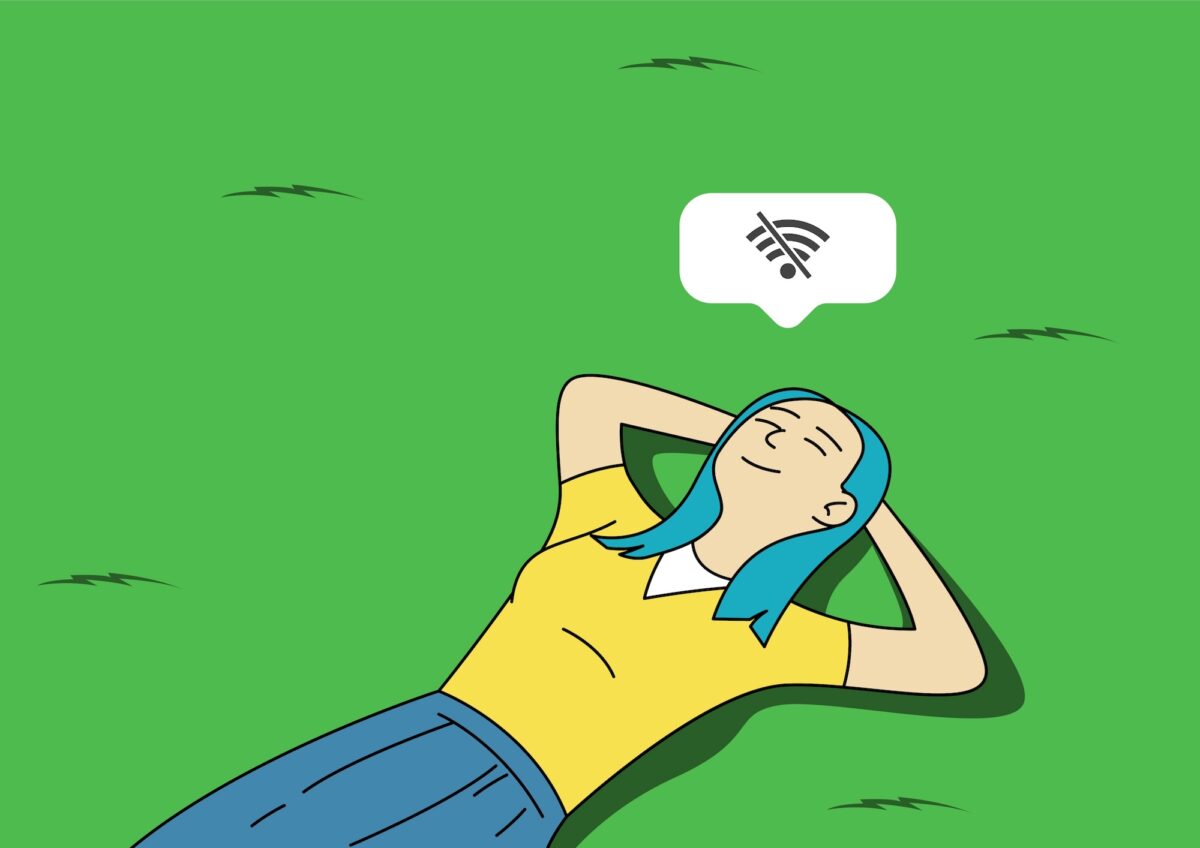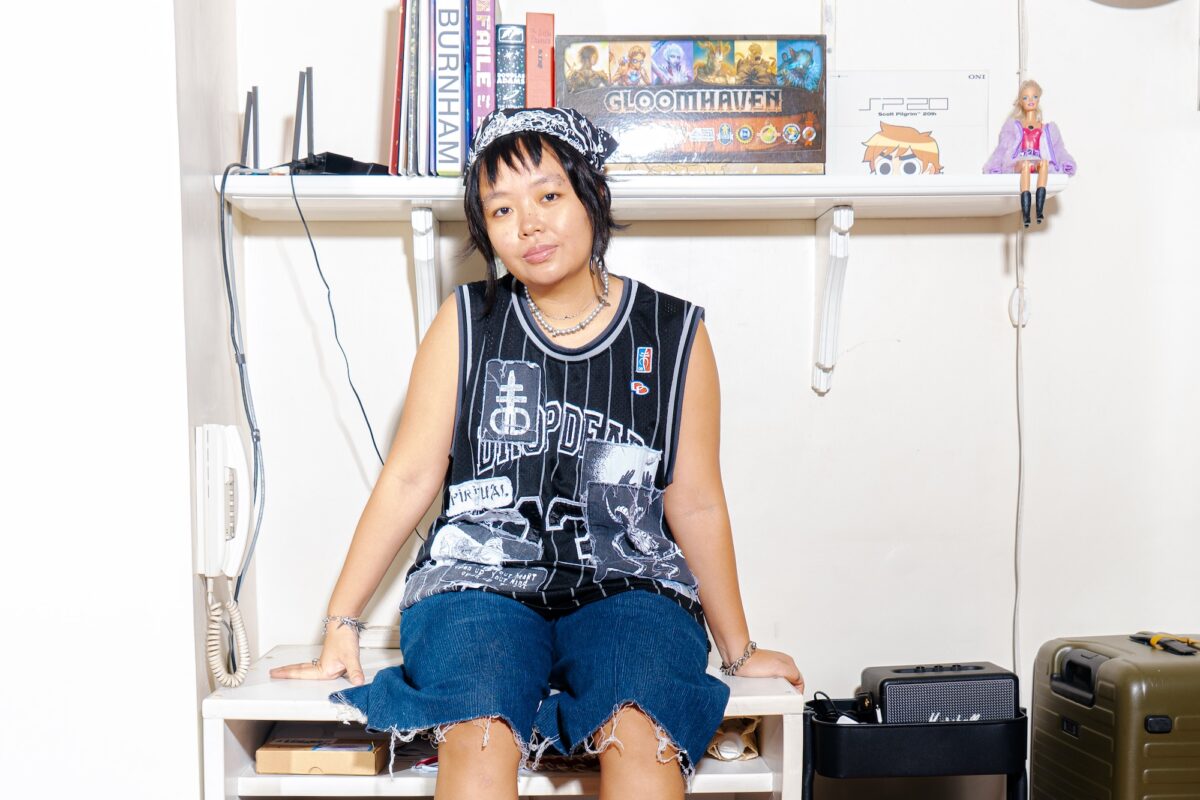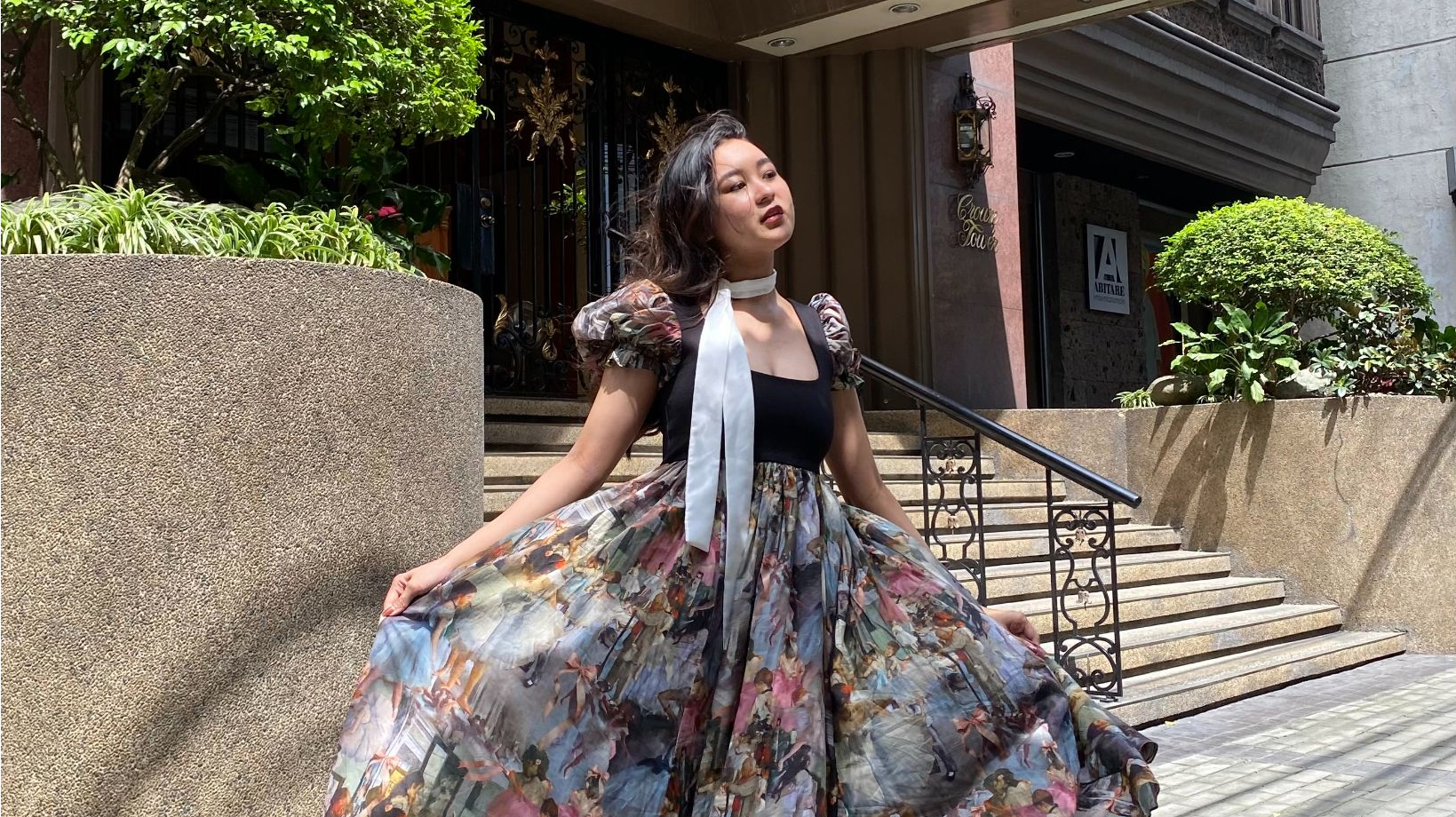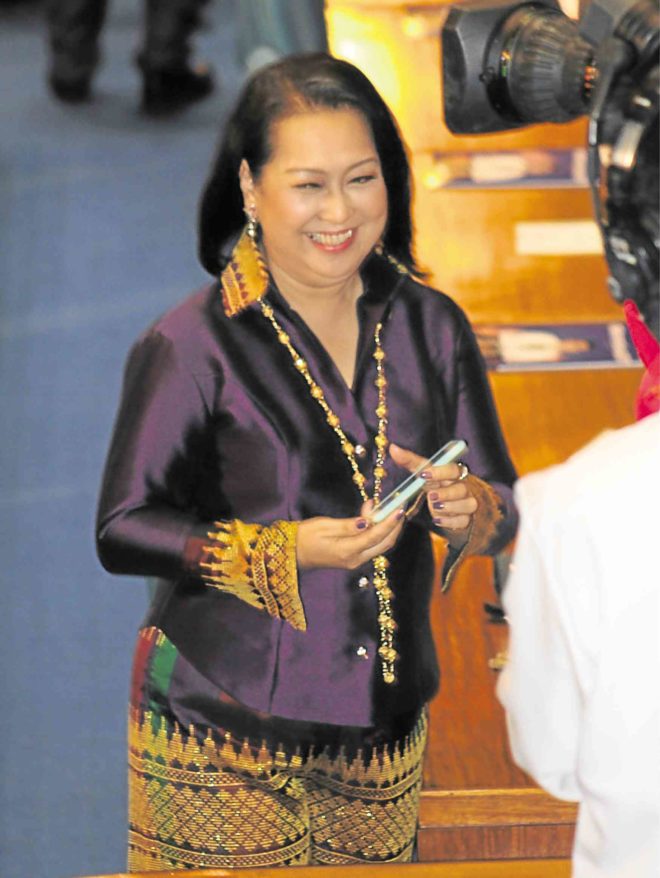
Mindanao textile is having its moment in Philippine fashion, and it’s worn not just to express sympathy for Marawi. Filipinos are learning to appreciate the beauty of this age-old Muslim traditional clothing.
One of the most visible textiles at the recent State of the Nation Address was the inaul, the intricately woven textile from Maguindanao. Rep. Vilma Santos-Recto of Batangas came in a long, green richly patterned dress.
Rep. Lucy Gomez of Leyte’s 4th district stunned the crowd in dark blue striped skirt, and Tourism Secretary Wanda Teo bloomed in a fuchsia, diamond-patterned dress.
“It is said that inaul may be a malong, but not all malong are inaul. Inaul is synonymous with Maguindanao (the old name of Mindanao). It is a fabric woven by a great race. It is a symbol of the royalty of a great nation that once ruled Mindanao,” Deputy Speaker Bai Sandra Sinsuat A. Sema, representative of the First District of Maguindanao and Cotabato City, said.
Historical significance
Royalty wore the inaul as malong, a tubular fabric, or as a sablay—loose garment—as they traveled through the riverways that connected the old kingdoms.
“Today, inaul does not only represent the rulers of the sultanate of this magnificent land, it also amplifies the greatness of the people,” Sema said.
Valued for its historical significance, the inaul is a product of the mixture of the lineage of Sheriff Muhammad Kabungsuan, the first Sultan of Mindanao, and the natives. Its luxurious texture is a blend of silk and gold threads infused into pure cotton threads and woven with complicated techniques, producing one-of-a-kind designs such as rainbows, stripes and taro.
Sema pointed out that the inaul reflects the character of her region. “A single thread of cotton or silk or even gold is weak when alone, but strong when woven together. Like the threads, Maguindanaons seldom act individually. They believe that in unity there is strength. They work their land together. They catch fish together. They cook their food, build their house and pray together. They defend their territory together.”
Signature colors
The signature colors of yellow and orange represent royalty, while red stands for bravery. Green signifies peace. White, the color of purity, is also worn during mourning. Black means dignity.
“These colors portray the experiences that the Maguindanaons have gone through,” Sema said.
The lawmaker added that the distinctive patterns are the result of careful planning and meticulous craftsmanship. This echoes the character of the Maguindanaons, who are known for their sense of precision. The weaving is time-consuming, and work is never rushed. A tipas or slanting design can be achieved only by two or three weavers working together. A fabric is completed in five days.
“Inaul represents how Maguindanaons preserve their inheritance, strengthen their unity, nourish their culture, defend their land, and share their bounty. It is the embodiment of the past of Maguindanaons, it is the joy of their present, and it is the hope of their future,” Sema said. —CONTRIBUTED


